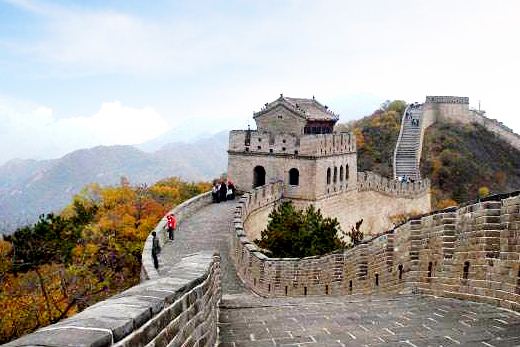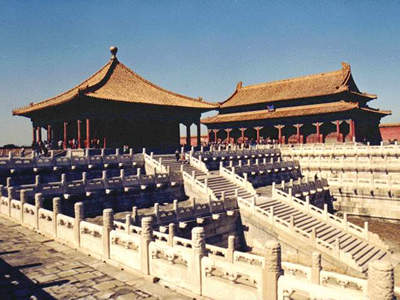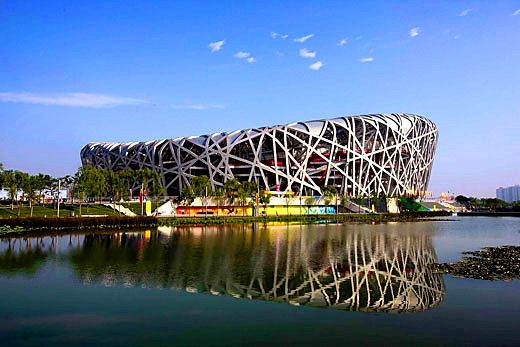Lies west of Xizhimen and is in the western part of Beijing, China, the Beijing Zoo was known for a short time after the founding of the People's Republic as Western Suburbs Park (Xijiao Gongyuan). Beijng Zoo is also a center of zoological research that studies and breeds rare animals from various continents.Like many of Beijing's parks, areas of the zoo have the distinctive look of classical Chinese gardens. The grounds combine cultivated flower gardens with stretches of natural scenery, including dense groves of trees, stretches of grassland, a small stream, lotus pools and small hills dotted with pavilions and halls.
Originally build as an imperial manor during the Ming Dynasty (1368 - 1644) the park was converted in the following Qing Dynasty (1644 - 1911) to cultivate more exquisite plants and raise animals.
 |
| Panda, Beijing Zoo |
In 1906, during the reign of Emperor Guangxu, the park area became an agricultural experimental farm and a zoo. Known as the Garden of Ten Thousand Animals (Wanshengyuan), it opened to the public in 1908.
Under the successive rule of the Northern Warlords, the Japanese and the Kuomintang, the park became increasingly desolate. The only elephant died in 1937, and the Japanese, under the pretext of protecting themselves against air raids, poisoned the remaining lions, tigers and leopards. On the eve of the founding of the People's Republic of China in 1949, the park housed only 12 monkeys, two parrots and a blind emu. The park was reopened to the public in 1950, and on April 10, 1955 formally named the Beijing Zoo.
The zoo has developed rapidly and by 1987 it covered an area of over 40,000 square meters. Bears, elephants, pandas, lions, tigers, songbirds, hippopotamuses, rhinoceroses, antelopes and giraffes were brought in the late 1950s, and a gorilla cage, leaf-monkey cage and aquarium house, was opened, containing specimens of over 100 species of reptiles from all over the world, including crocodiles and pythons.


 About Beijing
About Beijing 


